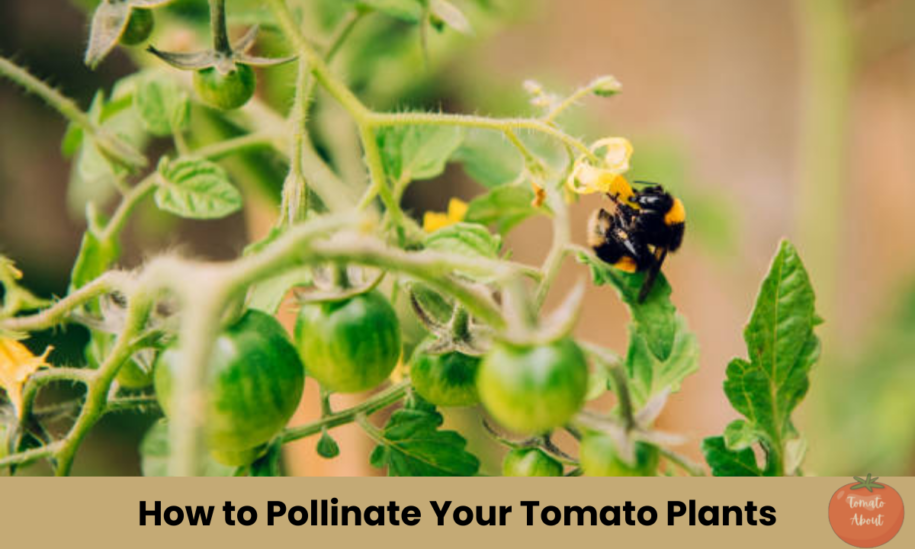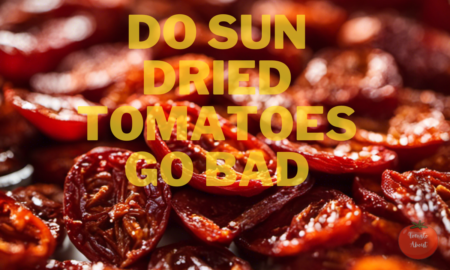As a tomato lover, I look forward to that first bite of a homegrown, vine-ripened tomato every summer. The flavor simply can’t compare to the bland supermarket varieties. But to get the biggest, juiciest tomatoes, you need to start with healthy seedlings.
One of the keys to getting robust tomato plants is transplanting your seedlings at just the right time.
Moving your seedlings from their small seed cells into larger pots allows the plants to spread out their roots and grow strong. Doing this at the perfect time prevents stunting their growth.
If you wait too long, the tangled roots can’t expand properly. Report too early, and the little roots may get damaged.
So when should you report your seedlings? Here’s my simple guide to everything you need to know.
Why Repotting Seedlings is So Important
You might wonder if it’s really necessary to bother repotting your seedlings instead of just planting them directly into the garden once they sprout.
Here’s why taking the time to transplant young tomato plants into larger containers really pays off:
- It helps the plants develop a robust, healthy root system that can support maximum growth above ground. Tomato plants need a large root network to anchor the plant and take up nutrients and water.
- Repotting prevents the roots from getting all tangled up and stunted as they run out of space in the original seed cells. Crowded roots can’t expand properly.
- Tomato plants with nice big root balls end up as more vigorous, higher-yielding plants. More roots mean more energy and nutrients to support fruit production.
- Moving seedlings progressively into larger pots helps “harden them off”, gradually getting them used to outdoor conditions like sun, wind, and temperature changes. This prevents shock when finally planted in the garden.
If you want big, strong tomato plants that produce an abundance of fruit, then timely repotting into bigger containers is a must.
When Are Tomato Seedlings Ready for Transplanting?
Timing is critical when it comes to repotting your seedlings. Here are the signs to look for to know your tomato plants are ready for their first transplant:
- 3-4 inches tall – This is the minimum height you want to see before repotting into larger containers. Shorter plants are too delicate for transplanting.
- First true leaves developed – Look for the first set of standard, divided tomato leaves to emerge beyond the original seed leaves (cotyledons). This milestone marks a key stage of seedling maturity.
- Roots fill seed cells – Gently tug on a few plants to check their root development. If roots are well established enough to hold the soil intact when lifted, it’s time to pot up.
Don’t wait much beyond this stage, or plants can become stunted and rootbound. Midday is the best time for transplanting when plants are fully hydrated.
6 Easy Steps for Transplanting Seedlings into Larger Containers
Here’s how I make moving seedlings into bigger pots quick and easy:
- Fill 4-inch pots with moistened seed starting mix – don’t use plain potting soil or compost. The seed starting mix is lightweight and resists compaction.
- Water your seedlings really well for a few hours before repotting. This keeps delicate roots from drying out during the process.
- Carefully tease seedlings out of cells by grasping a leaf. Try to keep the root ball intact. Some disturbance is okay but avoid major root damage.
- Set each plant into the new pot at the same depth it was growing before. The lowest leaves should sit just above soil level. Gently firm the moist soil around the roots.
- Move transplants to a sheltered, shaded spot after repotting. Keep the soil evenly moist but not soggy during recovery.
- Feed with diluted fertilizer starting a week after transplanting to fuel growth. Choose a water-soluble tomato fertilizer or balanced mix ideal for seedlings.
Follow this simple sequence precisely, handle seedlings with care, and your repotted plants will thrive!
When Your Seedlings Need Repotting Again?
Vigorously growing tomato seedlings often benefit from a second transplant 2-4 weeks after moving into 4-inch pots.
Here are the signs it’s time to repot them again into even larger containers:
- Leaves are pale, yellowing, or wilting – indicating the roots are too crowded.
- Roots visibly circling all sides and bottom of pots.
- Plants becoming tall, spindly, and top-heavy, starting to fall over.
- Lower mature leaves dropping off.
- Soil drying out too quickly between waterings.
Shift these reviving seedlings into 1-2 gallon pots, terra cotta pots, or even larger cell packs. Add a stake for support if needed. Keep soil evenly moist and fertilize weekly until it’s garden planting time!
The second repotting gives tomato roots even more room to expand. Just like before, you want to time it before plants get pot-bound.
“Hardening Off” Tomato Seedlings
Sheltered seedlings need a little “tough love” to transition them to the harsh outdoor environment they’ll face in the garden.
Here’s how to properly harden off your tomato plants:
- Start by setting pots outdoors for just a few hours at first, bringing them back inside at night. Choose a shaded spot protected from wind.
- Slowly increase the amount of direct sun they receive over the course of 7-14 days. Get them used to the elements gradually.
- Let the seedlings experience real-world wind, rain, and greater temperature fluctuations while still protected from any severe weather events.
- Allow 10-14 days for hardening off before final transplant into garden soil.
Proper hardening toughens up your stocky transplants so they experience minimal shock. It gets them prepped for the big change ahead. Don’t rush this step!
So, what is the Best Time for Planting Outdoors
So when can you finally move your tomato seedlings from pots into the garden soil?
Follow these tips:
- First, wait until after your last average spring frost date for your growing zone. Tomato plants will die if temps dip below 40°F overnight.
- Look at planting outdoors around 1-2 weeks after the typical final frost date, once the soil has had time to warm up sufficiently. Tomatoes need minimum soil temperatures of 55-65°F for best growth after transplanting.
- Always make sure to properly harden off the seedlings for at least 7-14 days before transplanting into the garden. This avoids shock to the tender plants.
- Transplant on a mild, cloudy day in late afternoon or early evening if possible. This prevents excessive wilting. Water seedlings well before and after planting.
See? With attentive care and timely reporting of your tomato seedlings, you’ll be rewarded with your biggest, most bountiful tomato harvest yet.
Frequently Asked Questions
Are peat or plastic pots better for seedlings?
Both peat and plastic pots work fine, just watch your watering habits. Peat pots often dry out faster since they “breathe”, so check soil moisture frequently. With plastic or terra cotta, gently squeeze the sides when transplanting to prevent spiraling roots.
How do you prevent shock when transplanting tomatoes?
Root shock happens when roots get disturbed, dried out, or damaged. Transplant on a mild day in pre-moistened soil. Move seedlings gradually into sun and wind exposure. Ramp up feeding and monitor soil moisture closely afterward. With care, even stressed plants usually recover.
Is it okay to transplant tomatoes in hot weather?
It’s best to avoid transplanting seedlings during prolonged hot, sunny weather if possible. Look for a mild day or do it in late afternoon to reduce wilting. Water seedlings thoroughly before and after transplanting. Provide temporary shade to help reduce shock to the roots.
Will my plants recover if they experience transplant shock?
As long as you avoid injuring roots, keep plants well hydrated at all times, and transition them slowly to new conditions, tomato seedlings are quite resilient and bounce back well from repotting stress. Ensure proper hardening off and ideal growing conditions, and even shocked seedlings generally rebound nicely



